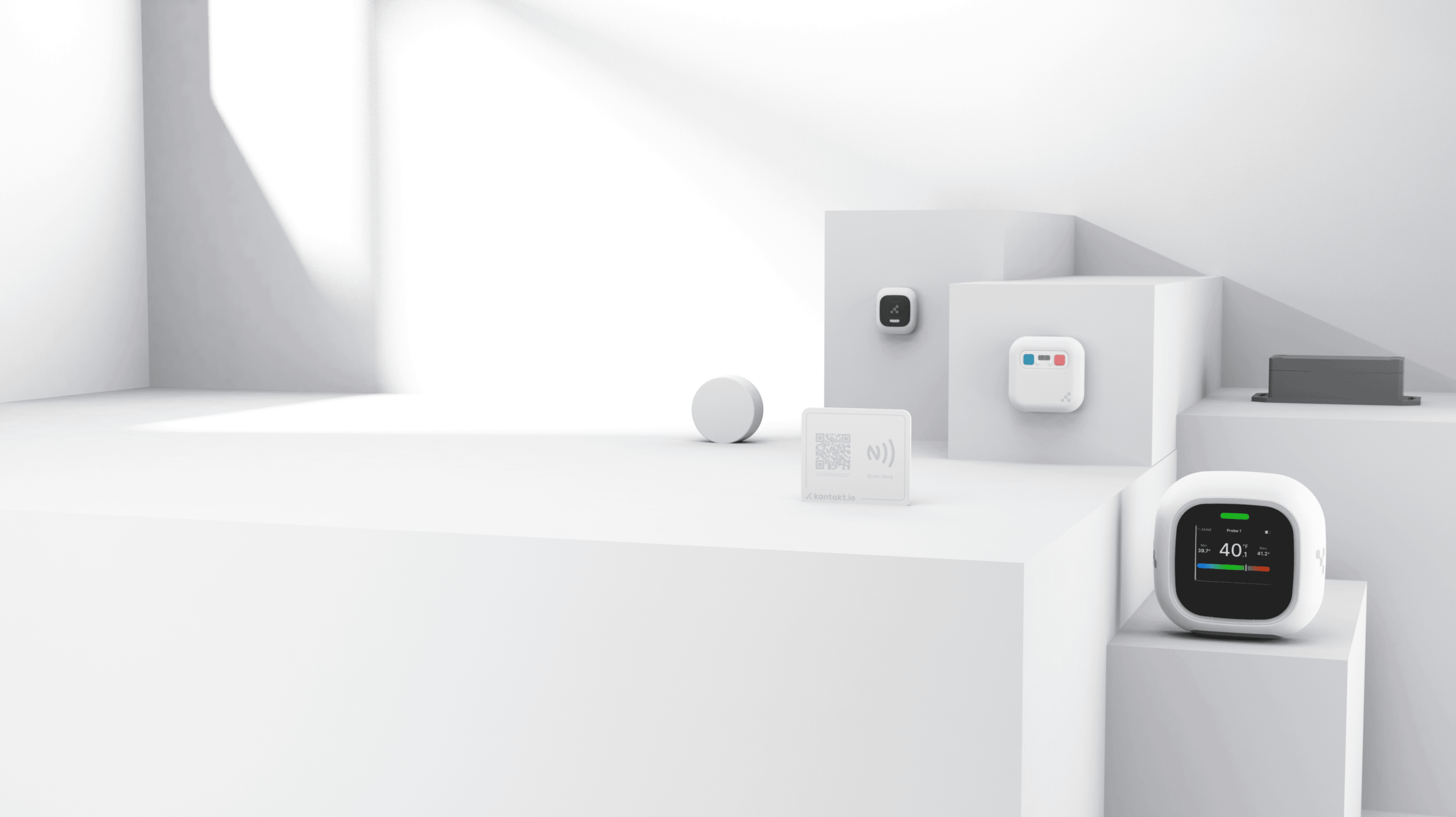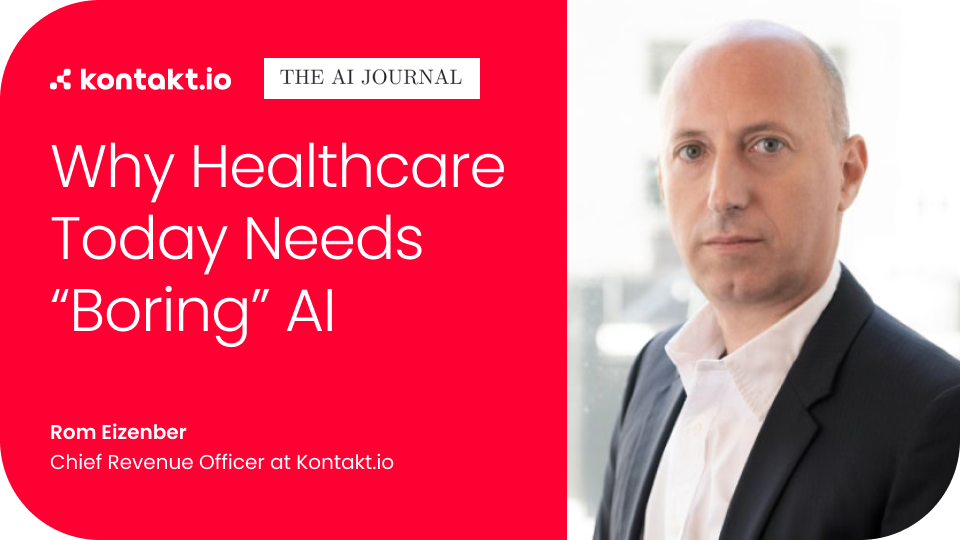Real-Time Location Systems (RTLS) is nothing new, but like with any technology, it’s not the tool but how you use it. Leveraging RTLS with Bluetooth Low Energy (BLE) beacons gives hospitals an accurate, scalable, and cost-effective solution for not only tracking but managing equipment.
Unlocking Hidden Value with AI-Driven RTLS
Hospitals often invest heavily in equipment fleets, only to discover that much of it sits idle or is rented at premium cost due to lack of visibility. By adopting AI-driven RTLS technology in healthcare, health systems can break this cycle. Recent deployments show up to an 80% reduction in equipment rentals and a 30% improvement in equipment utilization — clear proof that when assets are visible and orchestrated, both cost savings and care delivery improve. With RTLS tags in healthcare, leaders can gain continuous insight into where equipment is, how it’s being used, and where bottlenecks are forming.
But the impact goes beyond assets. When paired with RTLS patient tracking, these same systems become foundational for managing care delivery and optimizing staff efficiency. Patient flow RTLS provides real-time insight into movement and wait times, helping hospitals orchestrate admissions, discharges, and transfers with precision. This is the essence of RTLS in healthcare: not simply locating, but enabling a responsive ecosystem where equipment, staff, and patients are always in sync.
What makes an Hospital Asset Management good or bad? Spoiler: It’s ROI
The RTLS (Real-Time Location System) technology is only as good as its accuracy and ease of use. If its location mapping is not correct or the system requires constant updates or battery replacements, chances are that your end users (clinicians, nurses, biomeds) are not going to benefit from the solution. To be honest, they’re not even going to use it. And we don’t need to tell you the ROI on a solution deployed but not implemented.
With indoor RTLS for healthcare that utilizes BLE beacons and paper tags, not only is the solution easily scalable but the ROI is nearly immediate: preventing equipment loss, reducing asset search times, automating workflows. With BLE paper tag beacons as part of your RTLS solution for hospitals, you’re getting precise, room-level location accuracy with low power consumption (i.e. batteries that last for years) and an easy integration with existing systems.
A clear example comes from the Veterans Health Administration (VHA) in Kankakee, IL, one of the largest hospital networks in the U.S. The VA faced challenges with misplaced IV pumps, wasted inventory spending, and staff inefficiency. By switching from a less accurate Wi-Fi-based system to Kontakt.io’s Bluetooth® LE RTLS, they were able to leverage their existing network infrastructure and gain precise, real-time visibility of their equipment.
As Greg Merrill, Program Analyst at the VA, explained:
“Having better insights into our real inventory status for various pieces of equipment means we can make better procurement decisions and not over-purchase things that we already have enough of.”
The result was better procurement decisions, reduced equipment search times, and improved staff efficiency, all while building a foundation for future use cases like patient wayfinding.
How BLE RTLS Beacons Improve Patient Safety in Hospitals
With BLE Beacons and tags as part of your healthcare RTLS system, your end users can track equipment movements, monitor usage patterns, and optimize resource allocation. This is because you have continuous, real-time visibility of your assets and equipment, ensuring that everything is where it needs to be exactly when it needs to be there.
At Kontakt.io, we add an additional layer of technology to our hospital RTLS solutions, which is an agentic AI that can transform the vast amounts of equipment and location RTLS data to deliver forecasts and proactively resource your equipment. And with Kontkat.io asset management, everything is cloud-based and delivered as a service. This means that for one flat rate per licensed bed, we provide all the BLE beacons and paper tags you need to manage as many devices and equipment as you have: IV pumps, wheelchairs, telepaks, etc. Our real-time RTLS system for medical asset management pinpoints the exact location of any asset you want to track, in real-time.
Managing Hospital Medical Equipment With RTLS
Modern, indoor RTLS systems for healthcare and hospitals are transforming care delivery workflows. Stop wasting money on replacing medical equipment that isn’t lost. Shift your focus from equipment search to patient care.
Plus, bluetooth beacons and tags help monitor patient movements, increasing safety and care delivery efficiency. Restrict access to unauthorized areas. Prevent patient elopement. BLE beacons and indoor RTLS systems for healthcare can deliver value beyond managing and tracking assets.
Why Choose BLE Beacons for Indoor RTLS Systems?
For healthcare systems today, every dollar counts. That’s why it’s critical that a hospital RTLS system is easy to use, fast to implement, and scalable across departments and facilities. Deploying a BLE beacon and tag RTLS system isn’t just about knowing where your IV pumps are — it’s about transforming care delivery: cutting costs, properly allocating resources, and improving patient throughput.
Compared to Wi-Fi- or RFID-based solutions, BLE provides superior room-level accuracy, lower infrastructure costs, and longer battery life, making it the most cost-effective and scalable option for hospitals of any size.
Unlike GPS, which struggles indoors, BLE is purpose-built for clinical environments and integrates seamlessly into existing hospital infrastructure.
At Kontakt.io, our BLE beacons and tags are backed by a SOC II- and HIPAA-secured cloud platform, ensuring that sensitive patient and operational data stays protected while delivering enterprise-grade performance.
Hospitals that adopt this solution are paving the path for improved efficiency, increased productivity, and measurable ROI on day one. The future of hospital asset management isn’t coming — it’s already here.




